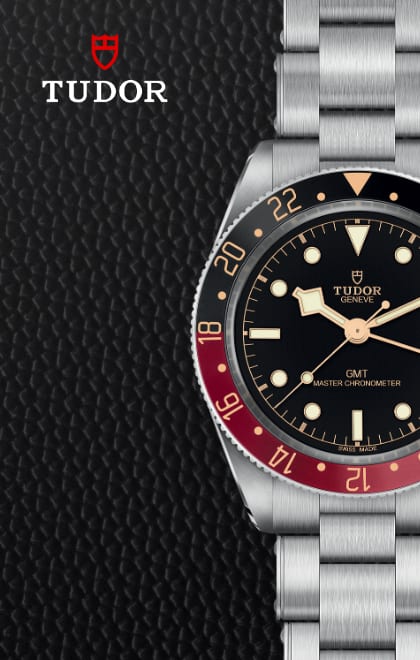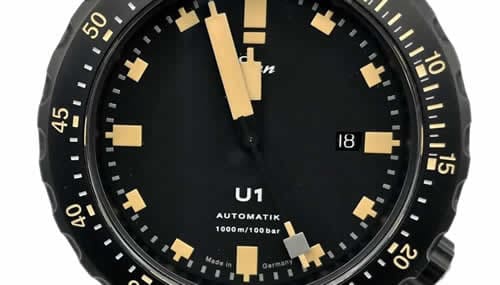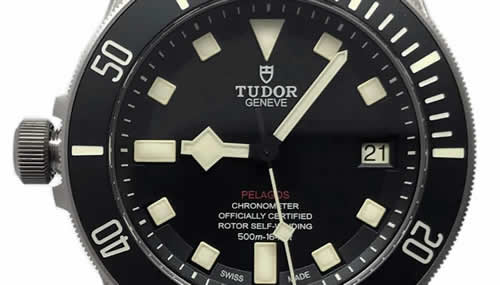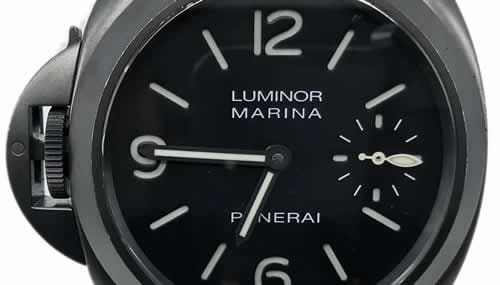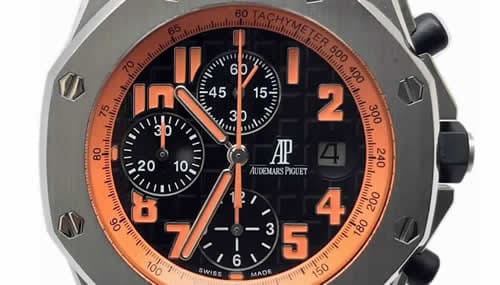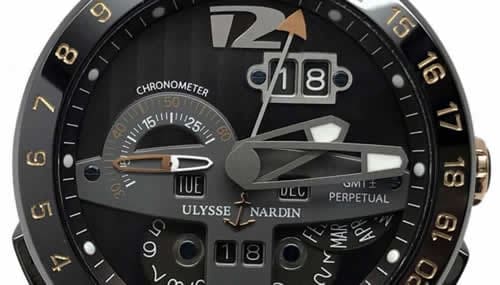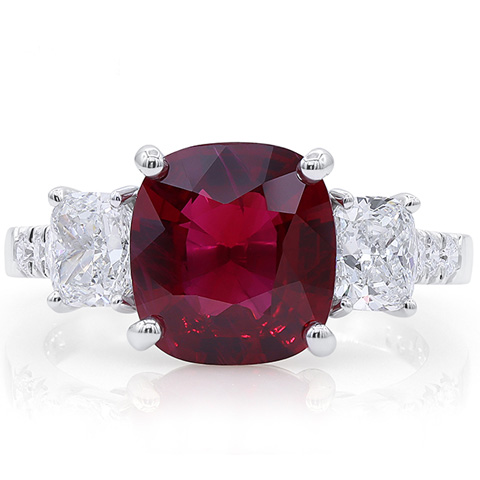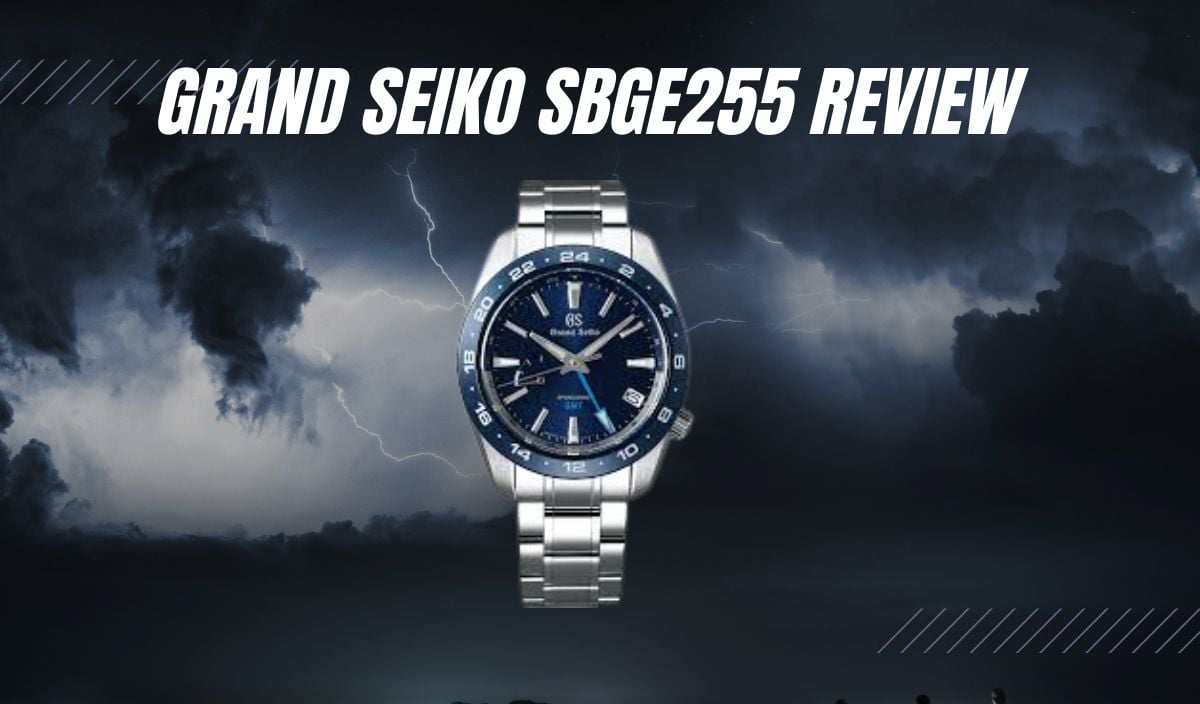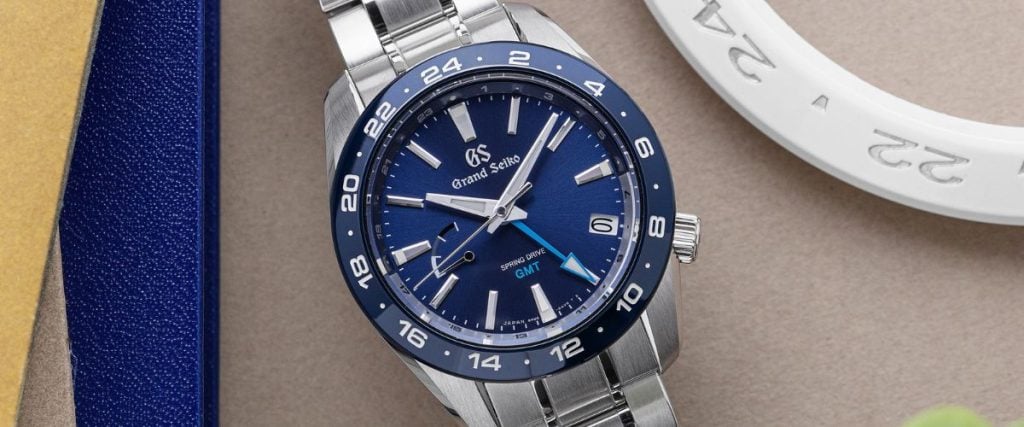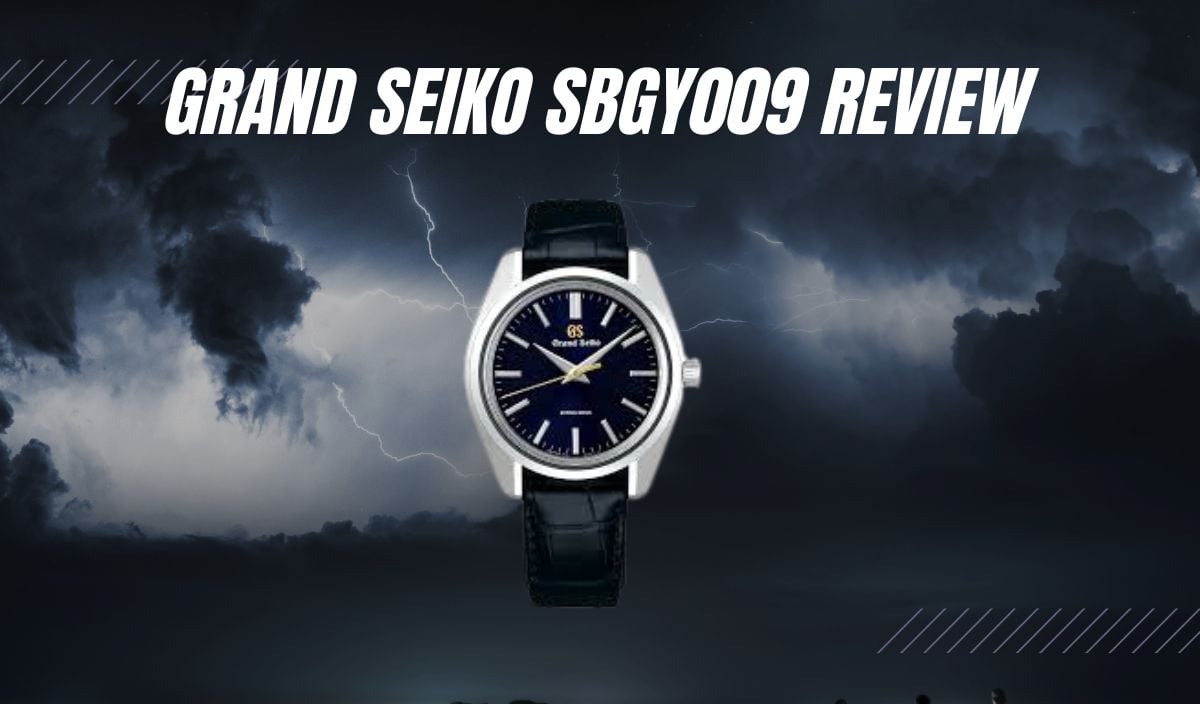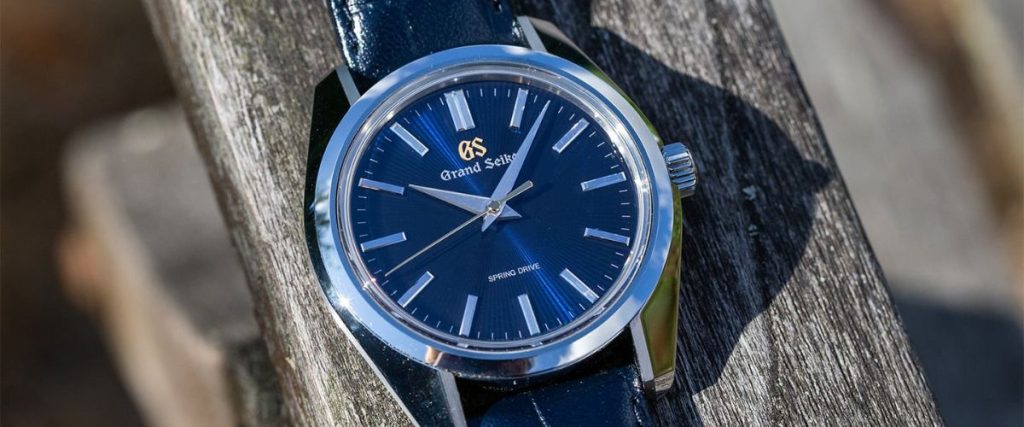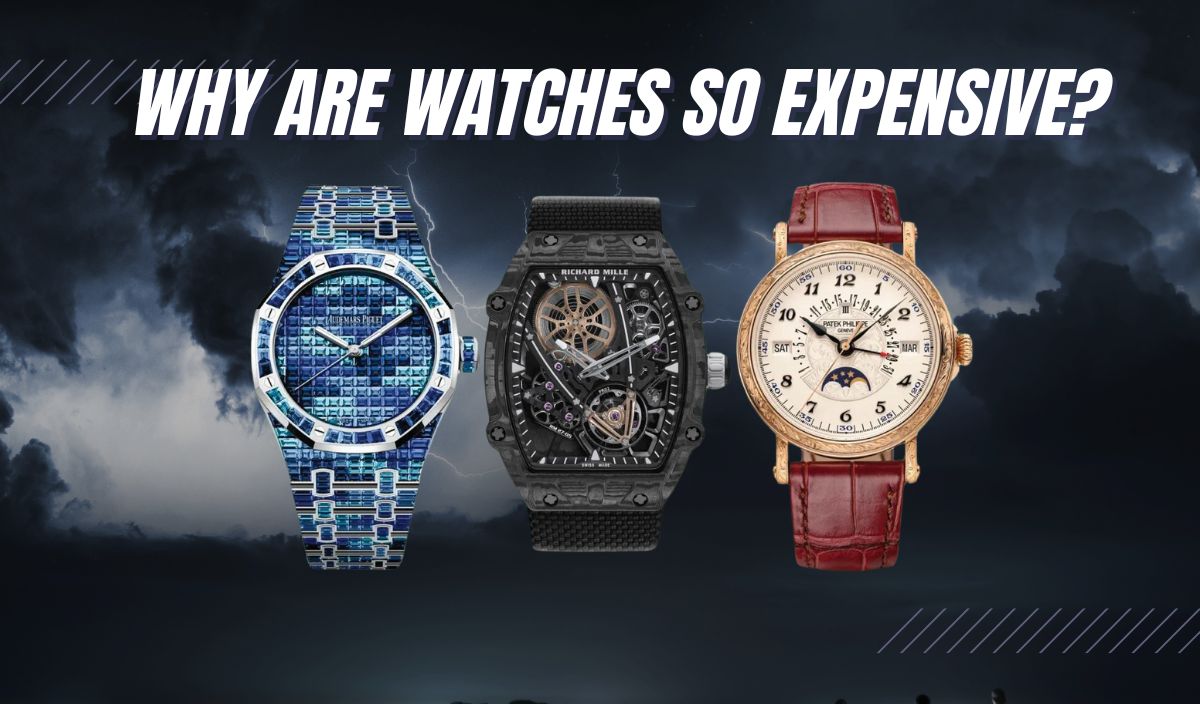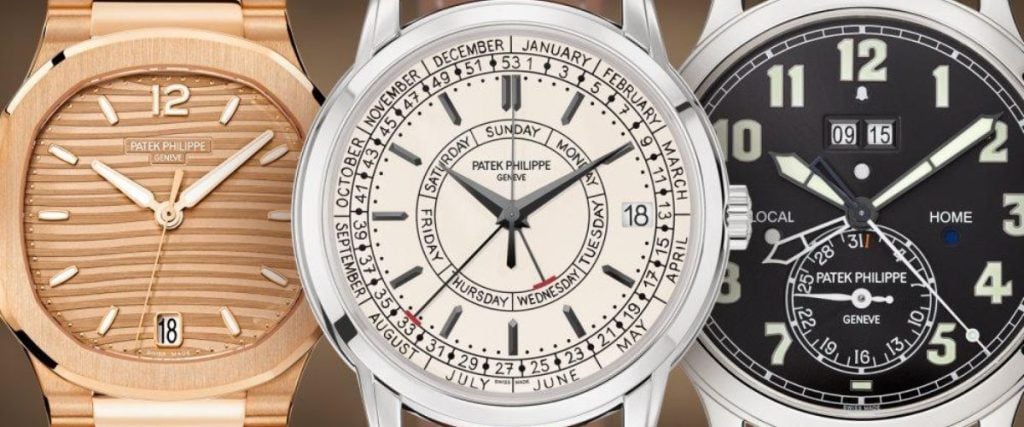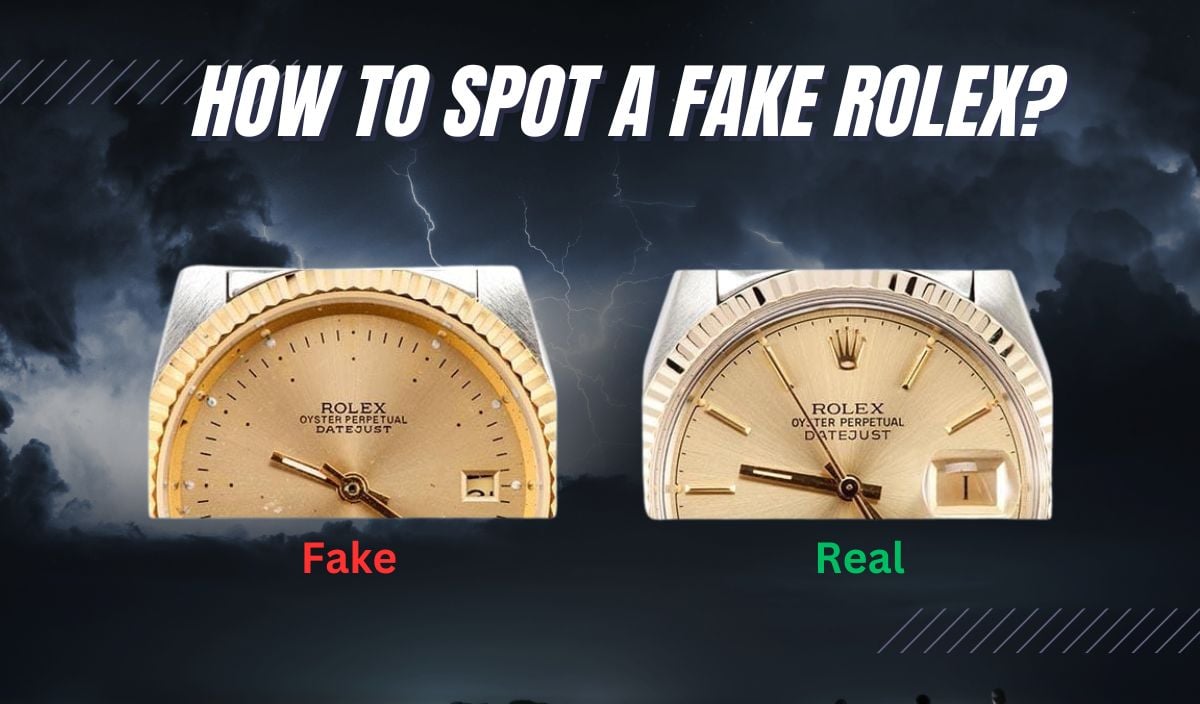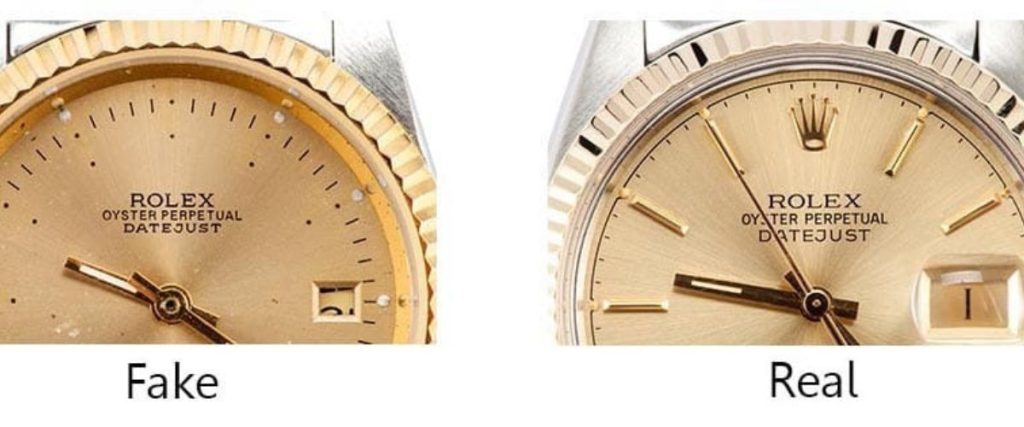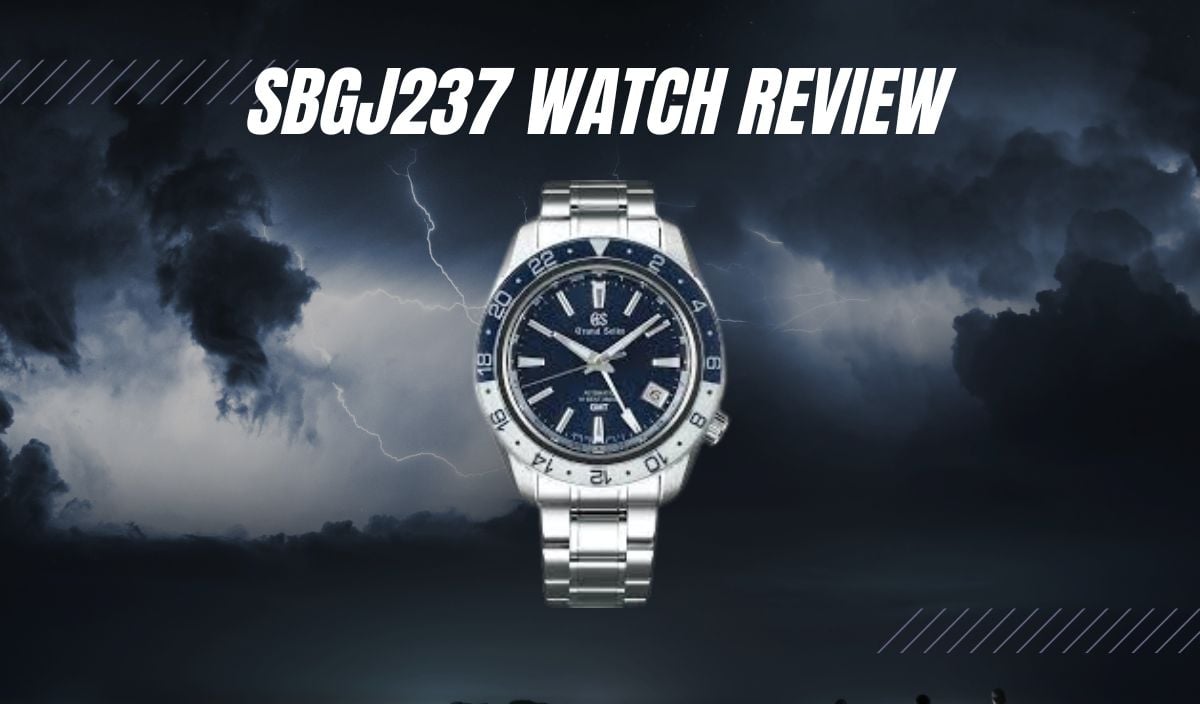
Flawless engineering and elegant precision are the two support beams on which pieces like the Grand Seiko SBGJ237 rest. The precision of its craftsmanship determines what makes an innovative piece earn that title. Grand Seiko has proven over and over again why it is revered, respected, and referred to as a mammoth in the industry when it comes to its design.
There is no better embodiment of the brand’s dedication to innovation and functionality than this Sports Collection Hi-Beat 36000 GMT. Taking inspiration from the electrifying Japanese craftsmanship from which it derives while also incorporating cutting-edge technology, this masterpiece serves as an irresistible siren call for watch enthusiasts and connoisseurs alike.
It is no secret that GMT pieces are rooted in extremely high-quality craftsmanship, seeking to deliver on all fronts as a titan in the industry. Grand Seiko has cracked the code, as their GMT pieces are some of the most luxurious and well-designed pieces on the market.
As we take you on a journey exploring the intricate mechanics, enchanting design, and otherworldly performance of the Grand Seiko Sport Collection Hi-Beat 36000 GMT, you will see why watch experts and enjoyers alike dub this a truly innovative piece that should be in every collection out there.
History
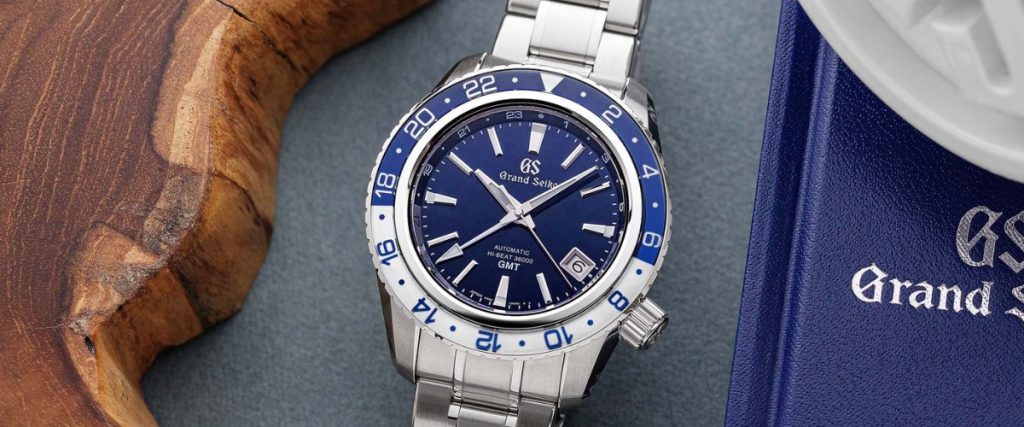
Released in August 2020, the SBGJ237 is a welcome addition to the Sport Collection. From diver’s watches to chronographs, automatic spring drives, and more, the Sport Collection fully embodies the core attributes of the Grand Seiko brand—combining legibility and durability in every piece.
Since its debut, the SBGJ237 has been a staple, highlighting the unparalleled functionality that GMT pieces bring to the table.
Grand Seiko is by no means a stranger to GMT watches. Some past Seiko GMT pieces include the SBGM221 (which is one of my favorite GMT watches of any brand currently available) and the SBGJ201, with a similar design to the 237–as both use stainless steel for their casing–and the SBGE253, a fellow member of the sports collection, resembling the 237 in nearly everything but color.
Seiko looks to improve upon every piece they put out, and that stands true to their GMT collection as every design has improved upon the last, bringing us their magnum opus of GMT sports watches in the form of the SBGJ237.
Case
The SBJG237’s case, with a diameter of 44.2 mm, may seem large, but the sloped design compensates for the bulkier measurement by significantly slimming down the case. Having a lug-to-lug of 50.6mm and being 14.4mm thick, it is one of the largest GMTs out there, which will naturally cause some complaints. But the proportions are very well-rounded.
Plus, the case is stunning, using its size as an advantage to fully display its beauty. With a stainless steel material and a rotating 24-hour bezel made of sapphire crystal, this piece strives not only for functionality but also for a rich, demanding presence that radiates luxury and style.
The high-quality sapphire glass allows you to gaze in wonder at a fully transparent view that lets you soak in the depth and detail of the entire piece. The crown sits solemn and silver, allowing you to easily adjust depending on your timezone. All of the intricate mechanics that optimize the watch’s functionality are tucked away behind a solid case-back with the Grand Seiko logo. The entire case captures the feeling of a midnight walk.
It is a true sports watch that prioritizes functionality and durability above everything, yet the exquisite finishing gives it that luxurious touch that we’ve come to expect from Grand Seiko. Polished surfaces with a few spots of brushing on top of the lugs already give it an iconic look, but paired with the sleek silver and the white and blue of the bidirectional bezel, you are transported to a beautiful world of light and dark where you decide which color is more dazzling.
Dial
Moving deeper, we now look at the midnight blue dial. The bold whiteness of the GMT hand provides a symbolistic contrast to the deep, dark blue, which, under certain angles, can appear jet black. I will note that the lighting environment plays a huge part in enhancing the beauty of the dial.
Under specific lighting, it can appear lighter or darker than it really is, adding an entirely new layer to the aesthetic, which dubs it my favorite part of this piece. The hands themselves perfectly add a sleek and bold flavor as they glide across the surface, with the hour and minute indices swimming comfortably in the dark blue sea of the dial.
They are shaped exactly how they need to be and remain subtle enough not to overtake any other portion of the design. The bezel and hands are fully lumed, and the 3,6, 9, and 12 indices can also glow in the dark, allowing the wearer to fully use all the piece’s functions, no matter the time of day. The date window resides at the 4 o’clock position, adding to the watch’s sporty persona while not subtracting from the symmetry.
The design of the dial is reminiscent of the Japanese night sky, a rich dark blue that I can’t state enough is the most gorgeous part of the piece. Grand Seiko seeks to add a touch of personality to every piece, and the magnificent sunburst blue coloring causes the piece to erupt with life.
Movement
The SBGJ237 uses a Hi-beat automatic movement operating at 36,000 vph, propelling the second’s hand in a very smooth motion, nearly competing with the iconic Spring Drive itself. While not as smooth as the Spring Drive, it comes very close, and the additional perks that the Sport Collection offers far outweigh what it lacks.
This model incorporates the high-specification movement of the Caliber 9S86, which has an accuracy of +5 -3 seconds per day and a power reserve of 55 hours. What sets the 9S86 apart from other caliber numbers, such as the 9S85, is that the 9S86 offers the GMT function, which is essential to international travelers, assuring them that the accuracy of the time shown directly correlates to their time zone.
Many tend to label this watch as “a real GMT” because the hour hand can be set independently from the minute, making it easy to unscrew the crown and set your local timezone. Aside from other Grand Seiko models, the SBGJ237 has drawn comparisons to other GMT watches of different brands–most notably the Rolex GMT Master II.
When comparing anything with Rolex, it is easy to assume that the most iconic name in the watch industry easily outperforms any other competitor. Still, I would argue that the Seiko watch outshines Rolex in many ways. Aside from similar movement, the two GMT watches share a similar-looking bezel and dial.
However, the craftsmanship and finishing are notably more elegant on the Seiko, making it look more expensive than the Rolex, which speaks volumes considering that the Seiko is less than half the price. Sometimes, being the more expensive option doesn’t always mean that you are the best looking nor the most efficient. Seiko prioritizes high functionality and even higher craftsmanship in every piece they put out, once again reinforcing their impact on the industry.
Straps
Aside from the dial, the stainless steel bracelet is my favorite feature of this piece. It perfectly balances the watch, contrasting the dark blue of the center with its sleek, silver surface and richly polished details. The bracelet is durable and well-finished.
It has four micro-adjustments catering to a wider variety of wrist sizes. While the strap’s width may be a bit bulky, coming in at 21mm, the band’s perimeter is 201mm, making it easy to fit any wrist of any size so that you can adjust accordingly. In order to prevent accidental openings, the clasp has two triggers, which you press simultaneously, making it easy to slip on and off.
The clasp is also engraved with the iconic Grand Seiko logo, and its impeccable satin finish–to no one’s surprise–causes it to fit perfectly with the rest of the piece. The watch fits tightly and comfortably around the wrist, ensuring it doesn’t slide while you’re on the go, and the “tooly nature” of this watch, combined with its elegance, make it a strap magnet.
The lugs are 21mm wide, making it a little more difficult to find straps, but the drilled lugs make it easier to swap them around.
On the Wrist
There’s no hiding the fact that this is a 44.2 mm watch with a 50.6 lug to lug–especially on a smaller wrist. It is a large watch, it doesn’t wear small, but it is very well proportioned. The only recommendation I would offer is that if your wrist is smaller than 17 centimeters (around 6.75 inches), then you should definitely try it on in the store first before you make a decision about purchasing.
On my wrist, it feels great and has the unique feel of a high-quality tool watch, which–undoubtedly–was intended by Grand Seiko. It is bulkier, but it’s not heavy. My wrist wasn’t in pain, and I was able to comfortably move while wearing it.
Depending on the lighting, The watch also takes on many colors. The bezel and dial can appear dark blue under one light and jet black under another, giving it even more of a stylish flare. Every so often, when I glanced down, I was pleasantly surprised at how it could adjust to any lighting environment, and–as I mentioned before–really set the tone of the entire piece for me.
Legibility is an underrated aspect of the watch. No matter how far away I was looking, and no matter the light level, I could always clearly read everything on the bezel and within the dial, which is an upside to having a thicker casing. I feel the LumiBrite glow-in-the-dark feature came in handy far more often than I thought.
There is no legibility lost; you can clearly see the bezel, the indices, and the hands, making it easy to tell the time no matter the hour of the day. A true Sport Collection, through and through, with a 200 m water resistance (thanks to the thickness) that allows you to take on any activity without having to worry about damage or corruption, all while looking your best.
The easily adjustable time zone makes it an essential traveling companion, giving you the freedom to sport this watch wherever you go. In terms of fashion, the sleek, stainless steel makes it easy to pair with anything, while the dark blue of the dial can perfectly match a suit jacket of the same color.
It is a dressier watch, so be sure to up your fashion game to properly compliment this beauty. The thickness of the case will definitely make it more noticeable than a slimmer piece, which is another plus of having a thicker watch. Wearing it on the outside of your jacket would be my recommendation, as it is too bulky to wear underneath a sleeve.
While the thickness would be my only minor complaint, there are many ways to take advantage of the size. And with it being such a pretty piece, the size makes it stand out even more.
Price and availability
You can find the Grand Seiko SBGJ237 from Grand Seiko authorized dealers, like Exquisite Timepieces. We only ship to the US and are authorized dealers, ensuring a 5-year warranty directly from Grand Seiko. A brand-new SBGJ237 costs can be picked up for $6,800. Pre-owned pieces usually range from 4-6k, depending on the condition of the watch.
Conclusion
The market is always searching for pieces that encapsulate practicality, accuracy, durability, and style. These are pieces that go above and beyond, delivering high-quality craftsmanship and solidifying themselves as a brand that needs to be taken seriously.
As much creativity as this market has, creating a piece that captures everything a watch lover wants and everything that a high-quality watch needs to function at a high-end level is difficult. But Grand Seiko stepped up to the challenge, perfectly adapting the GMT into a luxurious piece that can compete and excel over the competition.
Undoubtedly, my personal favorite piece from the sports collection. It proves you no longer have to sacrifice practicality for a truly luxurious aesthetic. Grand Seiko continues to forge a blazing path through the industry with every piece they release, fully embodying their philosophy, which is to pour their heart and soul into every piece in pursuit of discovering the true meaning of time itself.
As time goes on, watch lovers should be overjoyed by the value that Grand Seiko places on elegant craftsmanship and flawless precision. Their work continues to stand the test of time while maintaining their reputation as revolutionary creators, exceeding expectations, defining the industry, and improving upon every piece.


